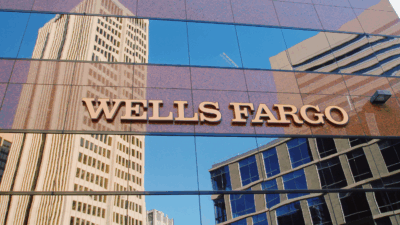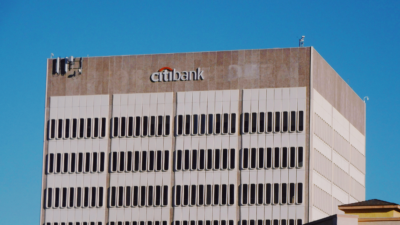US Lenders Have $1 Trillion Tied Up in Shadow Banks
The total reflects big banks’ increasing use of alternative financial institutions that are using the funds for riskier bets.

Sign up for smart news, insights, and analysis on the biggest financial stories of the day.
There’s a lot of money piling up in the dark.
The Federal Reserve reported late last week that at the end of January, US banks had loaned out more than $1 trillion to non-deposit-taking financial institutions, also known as shadow banks.
Stumbling Around in the Dark
A shadow bank is really any private credit lender that’s not a commercial bank and thus not weighed down by regulatory oversight. Hedge funds, fintech groups, major investment banks like Goldman Sachs, and even certain divisions of commercial banks all fall under the shadow umbrella. Rather than deposits, they take investments or loans, and the money isn’t insured by the federal government. Essentially, they act as middlemen between traditional lenders and potentially unsafe endeavors like investing in startups and making risky mortgage loans.
For many big lenders, interacting with shadow banks is just good business. Last month, Citibank led a $310 million loan to buy-now, pay-later service Sunbit, the latter’s largest transaction to date. Meanwhile, Wells Fargo partnered in September with private asset management firm Centerbridge to pump billions of dollars into creating Overland Advisor, a business development company. According to Wells Fargo CEO Charlie Scharf, the move was part of the bank’s never-ending goal of “finding ways to best serve our clients.”
However, the pace at which commercial banks are lending money to shadow banks could be entering dangerous territory:
- Traditional banks’ loans to their dark counterparts have jumped about 12% year-over-year, outpacing overall loans, which have gone up just 2% from a year ago. By the end of 2021, shadow banks controlled roughly 14% of the world’s financial assets.
- Regulators aren’t too thrilled about the situation. This month, Treasury Secretary Janet Yellen told the Senate Banking Committee that shadow banks “are reliant on short-term financing that may be a lot less stable than deposits, and in stressful times, their credit lines can be pulled. There is concern that in stressful market conditions we could see the failure of one of these.”
Turn on the Lights: Regulators are pushing for more transparency in how commercial banks report where they lend money. Right now, shadow banks are all considered “nondepository financial institutions,” but late last year, the Federal Deposit Insurance Corporation proposed getting more granular, creating categories like private equity firms and credit funds. It may not pump the brakes on investments into shadow banks, but it would give the public a set of high beams.











